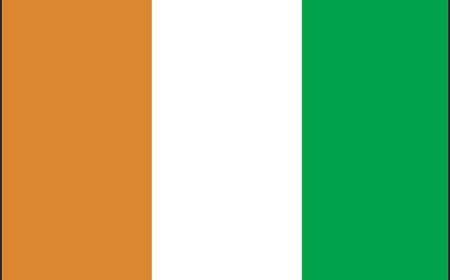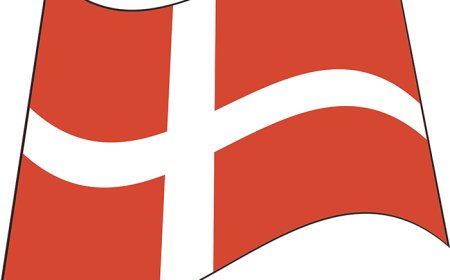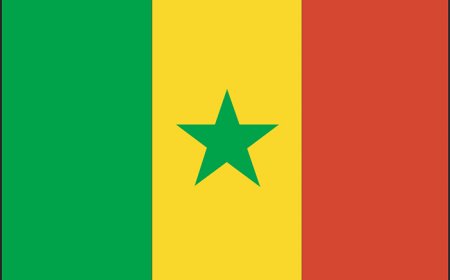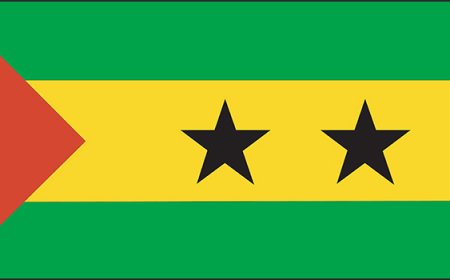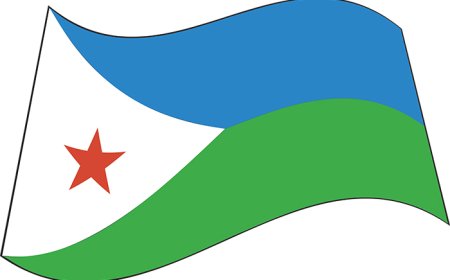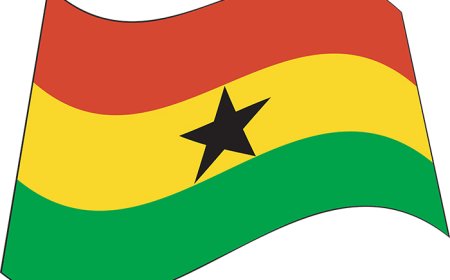Republic of the Congo Facts for Kids – Geography, History & Culture
Learn about the Republic of the Congo for kids. Discover its rivers, rainforests, diverse cultures, colonial history, and role in Central African issues
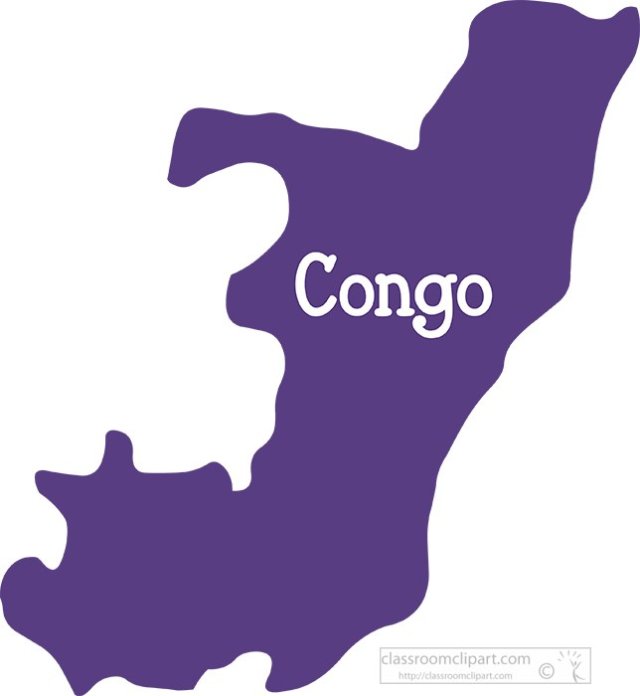
🌍 Introduction: The Lesser-Known Congo
The Republic of the Congo, or Congo-Brazzaville, is a Central African country located just north of the mighty Congo River. Though it is often confused with its neighbor, the Democratic Republic of the Congo (Congo-Kinshasa), the Republic of the Congo is a smaller, peaceful nation known for its vast forests, wildlife, and resource wealth. It has a rich mix of traditional cultures and French colonial influence. Today, its people are working to improve healthcare, education, and conservation efforts while honoring their diverse heritage.
🗺️ Geography and Environment
The Republic of the Congo shares borders with Gabon, Cameroon, the Central African Republic, the Democratic Republic of the Congo, and the Atlantic Ocean to the west. The country’s geography can be grouped into three main zones:
- The coastal plains in the west, where the climate is warm and humid
- The forested interior, which covers about two-thirds of the country
- The savannas and hills of the north and south
The Congo River forms the eastern border, separating Congo-Brazzaville from Congo-Kinshasa. The capital city, Brazzaville, sits right on the river across from Kinshasa, making them the closest capital cities in the world.
Much of the country is covered by rainforests, part of the vast Congo Basin, which is home to:
- Gorillas
- Chimpanzees
- Elephants
- Okapis
- Tropical birds and reptiles
National parks like Odzala-Kokoua and Nouabalé-Ndoki protect endangered species and support eco-tourism. Rivers and wetlands are also vital habitats for fish and bird life.
🏛️ Government, Language, and Population
The Republic of the Congo is a presidential republic, currently led by President Denis Sassou Nguesso, who has been in power for several decades. Although the country has elections and a national assembly, many critics argue that freedom of speech and press is limited.
The capital, Brazzaville, is a peaceful and green city known for its wide streets, French-style buildings, churches, mosques, and art. It is also a major cultural and political center in the region.
The country’s population is about 5.8 million people, with most living in the south, especially in Brazzaville and the port city of Pointe-Noire.
Congo has many ethnic groups, including the:
- Kongo
- Téké
- M’Boshi
- Punu
The official language is French, but many also speak local languages such as Lingala, Kituba, and Téké. French is used in schools and government, while native languages are spoken at home and in communities.
Most people are Christian, especially Roman Catholic, but traditional spiritual practices are often combined with Christianity.
🎭 Culture and Daily Life
Congo’s culture is rich in music, dance, art, and oral storytelling. Traditional drums and modern instruments are used in music styles like soukou, ndombolo, and rumba, which are popular in both Congos. Dance is an important part of celebrations, ceremonies, and festivals.
Everyday life in the cities includes:
- Work in offices, schools, or markets
- Shopping at outdoor stalls and small shops
- Attending school (especially in urban areas)
In rural areas, many people grow food, raise animals, and fish for their families. Common foods include:
- Cassava (manioc) leaves and roots
- Fufu (a dough-like food made from cassava)
- Smoked or grilled fish
- Vegetable stews with okra or peanut sauce
Clothing in Congo often mixes traditional prints with modern styles. Brightly colored pagne fabric is used to make dresses, shirts, and headwraps.
Families are usually large and include multiple generations. Respect for elders is very important. Education is free, but not every child has access to quality schools, especially in rural areas.
📜 History: Colonial Rule and Independence
Before European arrival, Congo’s land was home to many Bantu-speaking kingdoms such as the Kingdom of Kongo and the Téké Kingdom, known for their trade, ironwork, and political systems.
In the late 1800s, the area was claimed by France and became part of French Equatorial Africa. The French built railways and used forced labor, which harmed many communities.
The Republic of the Congo became independent in 1960. The early years were filled with political instability, civil wars, and military rule. In 1997, a civil conflict brought President Sassou Nguesso back to power, and he has ruled most of the time since then.
Though Congo has enjoyed more peace than its neighbor, the DRC, it still faces challenges such as poverty, corruption, and limited public services. However, it is working toward greater unity and development.
💰 Economy and Resources
Congo’s economy depends mostly on oil, which makes up about 90% of its exports. Other resources include:
- Timber from rainforests
- Copper, gold, and diamonds
- Fish and agricultural products
Most people in rural areas work in subsistence farming or small-scale fishing. Crops include:
- Cassava
- Bananas
- Maize
- Palm oil
Despite its natural wealth, many citizens do not benefit equally, and the government is working to reduce poverty, build infrastructure, and invest in schools and healthcare.
Eco-tourism and forest conservation are growing, especially with international help to protect Congo’s rainforests and wildlife.
🌿 Wildlife and Natural Beauty
The Republic of the Congo is one of the best places in Africa to see untouched rainforests and endangered animals. Its national parks are part of the Congo Basin, the world’s second-largest rainforest after the Amazon.
Odzala-Kokoua National Park is known for:
Western lowland gorillas
Forest elephants
Buffalos, monkeys, and leopards
Nouabalé-Ndoki National Park is a UNESCO World Heritage Site that hosts scientific research and protects some of the world’s most remote forest areas.
The Congo River and its tributaries are important for transportation, fishing, and wildlife. Rivers and forests play a big role in the culture and survival of many communities.
📚 Vocabulary List
Word Definition
Brazzaville The capital city of the Republic of the Congo
Lingala A local language spoken in Congo and neighboring countries
Rainforest A dense, tropical forest with high rainfall and biodiversity
Subsistence farming Growing food mainly for personal use, not for sale
Pagne Colorful cloth used in traditional clothing
Soukou A popular music style in Congo, similar to rumba
Congo River One of Africa’s largest rivers, forming part of the Congo border
Eco-tourism Tourism that supports nature and protects the environment
French Equatorial Africa A group of French colonies in Central Africa, including Congo
Corruption Dishonest or unfair actions by people in power, often for personal gain
🧒 Kid-Friendly Summary
The Republic of the Congo, also called Congo-Brazzaville, is a small country in Central Africa full of forests, rivers, and animals. Its capital, Brazzaville, sits across the river from Kinshasa. People speak French and local languages like Lingala. Many work in farming or fishing. The country is rich in oil and wildlife, including gorillas and elephants in rainforest parks. Life can be tough in some areas, but people are proud of their culture, music, and community spirit.
🎯 Interactive Quiz: What Do You Know About the Republic of the Congo?
1. What is the capital of the Republic of the Congo?
a) Kinshasa
b) Brazzaville
c) Libreville
d) Bangui
2. What large river borders the country?
a) Nile River
b) Congo River
c) Zambezi River
d) Niger River
3. What type of forest covers most of the country?
a) Oak forest
b) Rainforest
c) Pine forest
d) Bamboo forest
4. What is the official language of the Republic of the Congo?
a) Swahili
b) Arabic
c) Portuguese
d) French
5. What is fufu made from?
a) Rice
b) Beans
c) Cassava
d) Pasta
6. What endangered animal lives in Congo’s rainforests?
a) Tigers
b) Koalas
c) Gorillas
d) Polar bears
7. What is eco-tourism?
a) Watching TV shows about animals
b) Building roads through the forest
c) Tourism that helps protect nature
d) Traveling by car
8. What music style is popular in Congo?
a) Jazz
b) Opera
c) Soukou
d) Country


















































